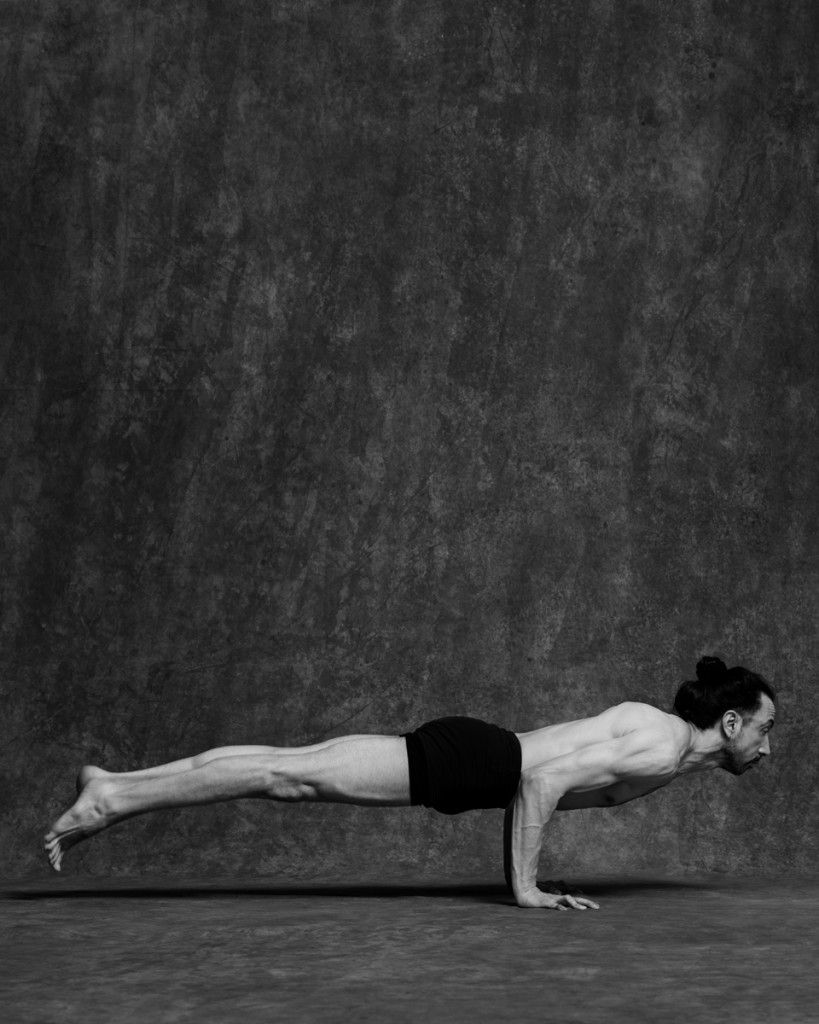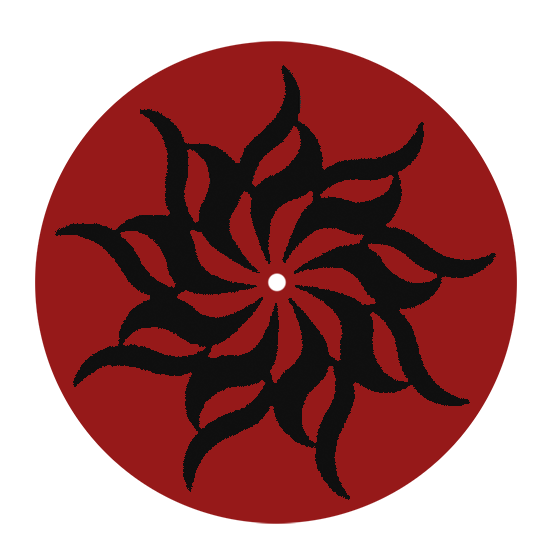The dvyāṅga-makarāsana (two limbs crocodile) is the caturāṅga makarāsana at the extreme. It emphasises the full engagement of the upper body (arm, chest and core rather than shoulders). If the elbows are kept at 90° their no strain on the shoulder and wrist’s joints. The body is not supported by the elbows but by the whole-body-strength. As the caturāṅga makarāsana is frequently wrongly called caturāṅga daṇḍāsana it is also important to distinguish the two. The caturāṅga makarāsana (or the four limbs crocodile pose) has the elbows at 90° and the body is parallel to the floor. While the caturāṅga daṇḍāsana (or the four limbs stuff pose) has straighten elbows/arms and it is inclined from the shoulder down towards the feet). The most common mistake in the caturāṅga makarāsana is creating a 75-45°angle on the elbows which bring heaviness on the shoulders and wrists and gradually deteriorate the joints.

Chāyācitra-Yoga (छायाचित्र–योग) – “The Yoga of Photography”
Dario Calvaruso by Richard Pilnick
© All rights reserved
